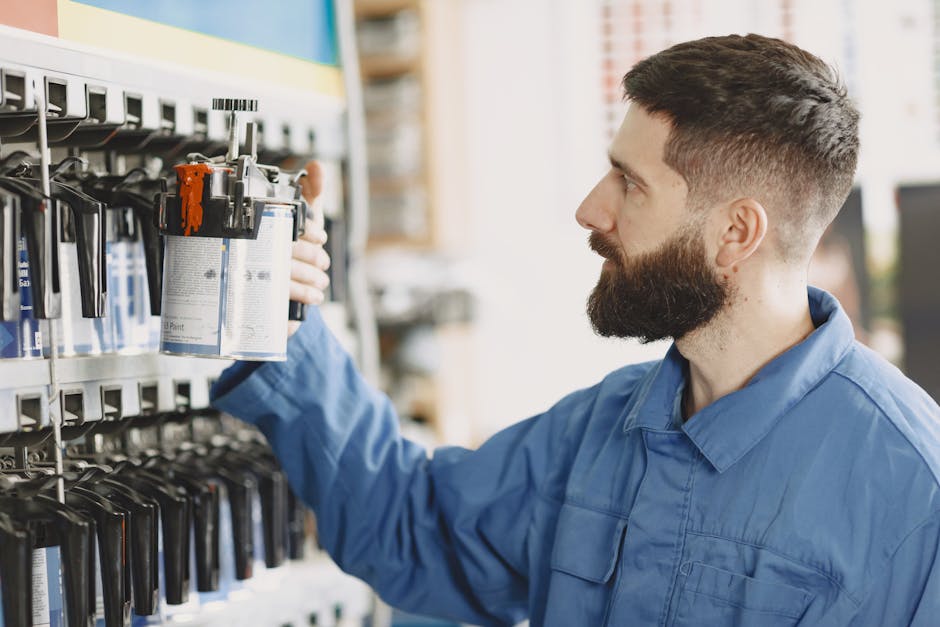The Most Overlooked Car Maintenance Tasks
Owning a car comes with the responsibility of regular maintenance to ensure longevity, safety, and optimal performance. While most drivers remember to change the oil, rotate the tires, and replace the brakes, several crucial maintenance tasks often go overlooked. Neglecting these can lead to costly repairs, reduced fuel efficiency, or even dangerous breakdowns. Here’s a comprehensive look at the most commonly ignored car maintenance tasks and why they matter.
1. Cabin Air Filter Replacement
Many drivers focus on the engine air filter but forget about the cabin air filter, which ensures clean air inside the vehicle. A clogged cabin filter can reduce HVAC efficiency, cause unpleasant odors, and even lead to respiratory issues for passengers. Manufacturers typically recommend replacing it every 15,000 to 30,000 miles, but checking it annually is a good practice.
2. Power Steering Fluid Flush
Modern vehicles often use electric power steering, but many older and some current models still rely on hydraulic systems requiring fluid maintenance. Over time, power steering fluid degrades, leading to stiffness in steering, pump failure, or leaks. A flush every 50,000 miles (or as specified in the owner’s manual) can prevent these issues.
3. Differential Fluid Change
The differential allows wheels to rotate at different speeds, essential for smooth turns. Its fluid lubricates gears and bearings, but it breaks down over time. Neglecting this can cause grinding noises, poor handling, or even differential failure. Most manufacturers recommend changing it every 30,000 to 60,000 miles, depending on driving conditions.
4. Transmission Fluid Flush (for Automatic Transmissions)
While manual transmissions often require gear oil changes, automatic transmissions need fluid flushes to prevent overheating and wear. Dirty or low transmission fluid can cause slipping, rough shifting, or complete transmission failure. Check your owner’s manual—some vehicles recommend changes as early as 30,000 miles, while others may go up to 100,000.
5. Fuel System Cleaning
Over time, fuel injectors, intake valves, and combustion chambers accumulate carbon deposits, reducing efficiency and performance. Symptoms include rough idling, poor acceleration, and decreased fuel economy. A professional fuel system cleaning every 30,000 miles can restore engine responsiveness.
6. Wheel Alignment and Suspension Check
Misaligned wheels cause uneven tire wear, poor handling, and increased fuel consumption. Hitting potholes or curbs can knock alignment out of spec. Additionally, worn suspension components (shocks, struts, bushings) affect ride comfort and safety. A yearly alignment check and suspension inspection are wise investments.
7. Brake Fluid Replacement
Brake fluid absorbs moisture over time, reducing its boiling point and leading to spongy brakes or even failure. Most manufacturers recommend flushing it every 2 years or 30,000 miles. Ignoring this can compromise braking performance, especially in emergencies.
8. Battery Terminal Cleaning
Corrosion on battery terminals can cause poor electrical connections, leading to starting issues or electrical malfunctions. Cleaning terminals with a wire brush and applying dielectric grease prevents buildup and ensures reliable performance.
9. Wiper Blade and Fluid Maintenance
Worn wiper blades reduce visibility in rain or snow, increasing accident risks. Replacing them every 6–12 months is ideal. Additionally, using water instead of proper washer fluid can clog the system or freeze in winter—always use a quality washer solution.
10. Serpentine Belt and Timing Belt Inspection
A cracked or worn serpentine belt can snap, leaving you stranded without power steering, alternator charging, or even engine cooling. Timing belts (or chains) are even more critical—if they fail, they can cause catastrophic engine damage. Replacement intervals vary (usually 60,000–100,000 miles), so consult your manual.
11. Tire Pressure Monitoring System (TPMS) Check
Underinflated tires reduce fuel efficiency, wear unevenly, and increase blowout risks. While many cars have TPMS sensors, they can fail or provide inaccurate readings. Manually checking tire pressure monthly ensures safety and optimal performance.
12. Exhaust System Inspection
Leaks in the exhaust system can lead to dangerous carbon monoxide entering the cabin, reduced fuel efficiency, or failed emissions tests. Listen for unusual noises and inspect for rust or damage periodically.
13. Lubricating Door Hinges and Locks
Dry hinges and locks can become stiff or noisy. A simple application of silicone spray or white lithium grease keeps them functioning smoothly and prevents premature wear.
14. Cleaning the Throttle Body
Carbon buildup in the throttle body can cause rough idling, stalling, or poor throttle response. Cleaning it every 50,000 miles (or as needed) helps maintain engine efficiency.
15. Checking the Spare Tire
Many drivers forget their spare tire until they need it—only to find it flat or degraded. Regularly check its pressure and condition to avoid being stranded.
Final Thoughts
Routine maintenance extends your car’s lifespan, improves safety, and saves money in the long run. While oil changes and tire rotations are essential, these often-overlooked tasks play an equally crucial role. By staying proactive and following your vehicle’s maintenance schedule, you’ll enjoy a smoother, more reliable driving experience for years to come.
Have you been neglecting any of these tasks? Now’s the perfect time to give your car the attention it deserves!

